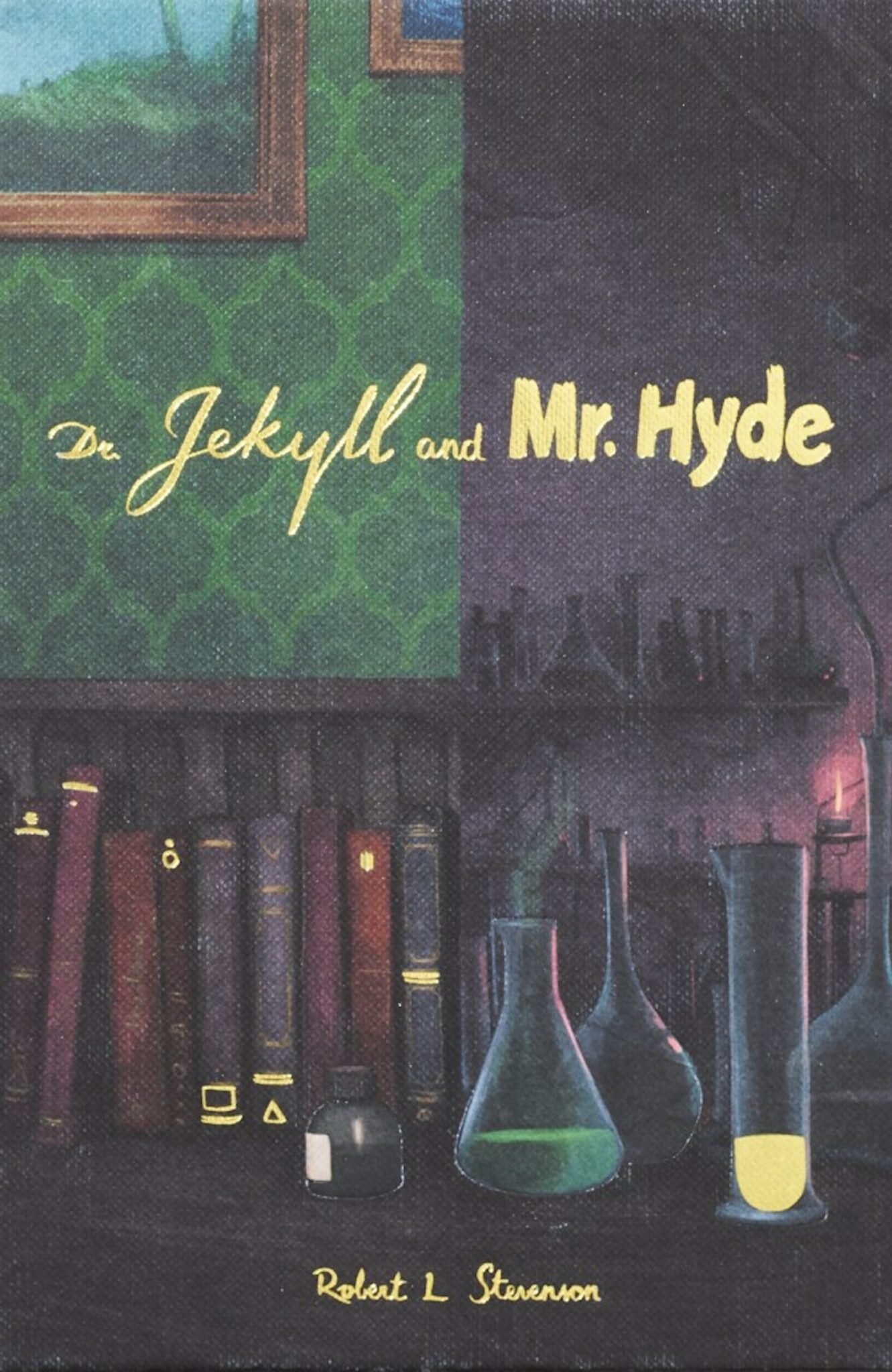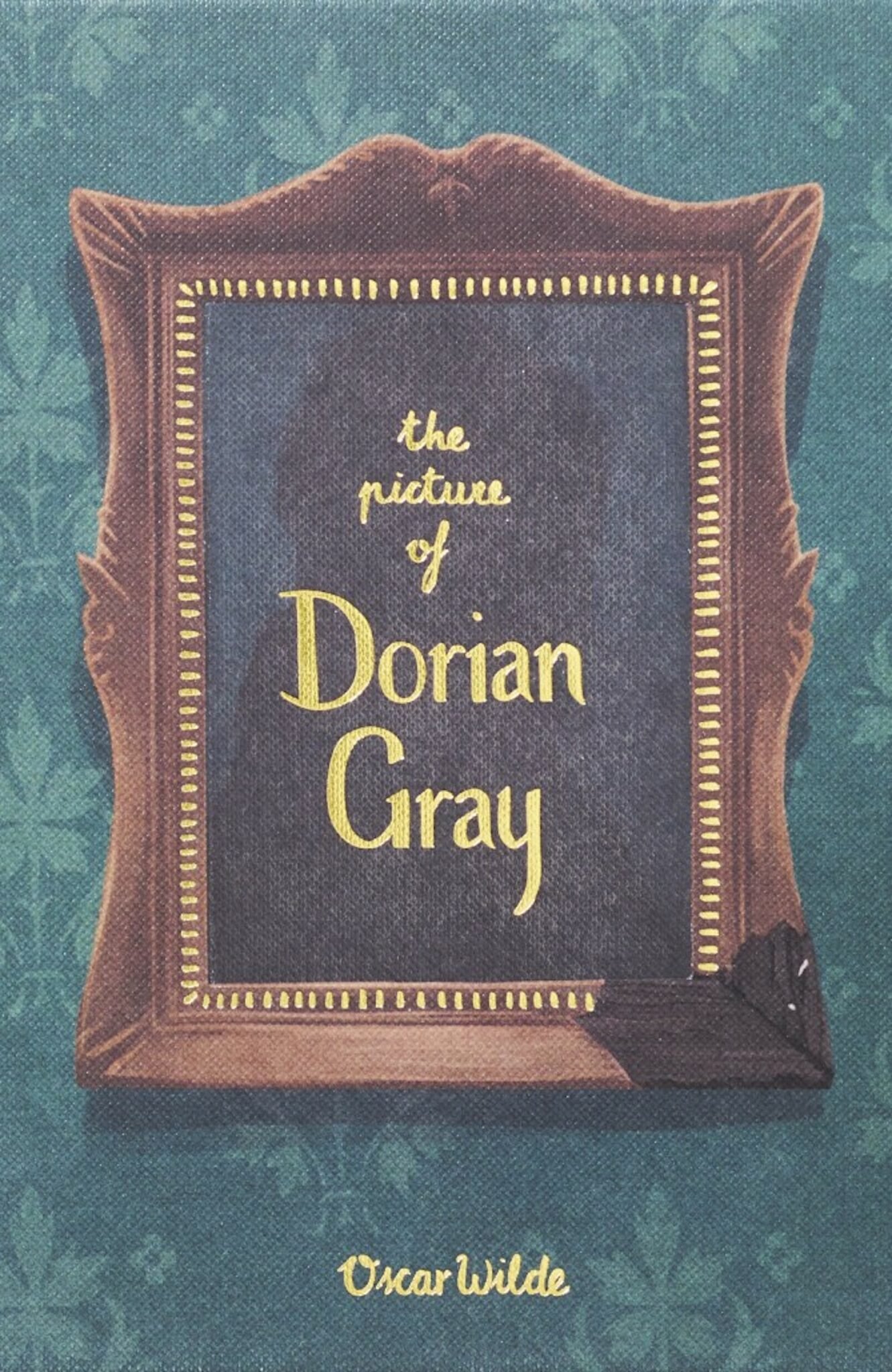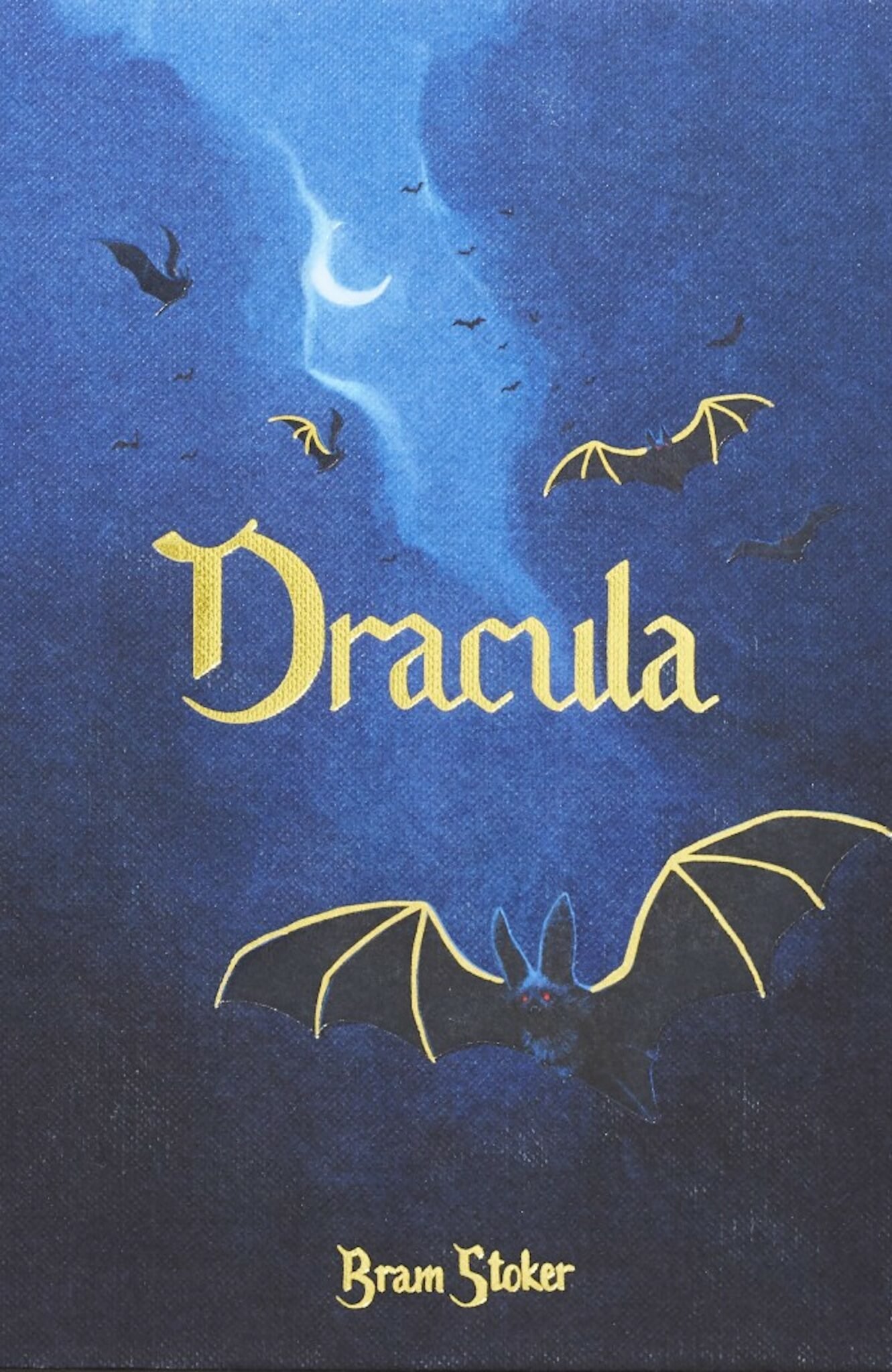The Blue Collection
A collection of the best loved gothic classics, these editions are admired by literature-lovers and the design savvy. These cloth-feel hardbacks, with matching coloured end papers, embossed gold and colour blocking, will look amazing on any bookshelf. They are an Instagram dream.
Books included:
Dr Jekyl and Mr Hyde
The Picture of Dorian Gray
Frankenstein
Dracula
Great Expectations
Wordsworth Collector’s Editions are compact cloth-feel hardbacks with matching coloured end papers, embossed gold and coloured blocking to enhance their beautiful, bespoke cover illustrations.
Dr Jekyll and Mr Hyde
‘…man is not truly one, but truly two.’
In this powerful deconstruction of Calvinist belief and the hypocrisy at the heart of Victorian society, Stevenson creates a gothic icon in the divided self that is Dr Jekyll and Mr Hyde. Born from a nightmare and anticipating Freud’s theory of the unconscious, Stevenson literalises the concepts of the supernatural doppelgänger and the split personality in a timeless tale of guilt, desire, and violence by which all subsequent ‘double’ stories must be judged. In seeking to cleanse his soul of sin, Dr Henry Jekyll instead unleashes a monster. First published in 1886, this tragic study of the duality of man established Stevenson’s international reputation as an author.
This volume also contains Stevenson’s 1887 collection of short stories, The Merry Men and Other Tales and Fables, which includes a further exploration of the mind of a murderer, ‘Markheim’, and the occult tales of terror, ‘The Merry Men’, ‘Olalla’, and ‘Thrawn Janet’.
Frankenstein
Frankenstein is the classic gothic horror novel which has thrilled and engrossed readers for two centuries. Written by Mary Shelley, it is a story which she intended would ‘curdle the blood and quicken the beatings of the heart.’ The tale is a superb blend of science fiction, mystery and thriller. Victor Frankenstein driven by the mad dream of creating his own creature, experiments with alchemy and science to build a monster stitched together from dead remains. Once the creature becomes a living breathing articulate entity, it turns on its maker and the novel darkens into tragedy. The reader is very quickly swept along by the force of the elegant prose, the grotesque, surreal imagery, and the multi-layered themes in the novel. Although first published in 1818, Shelley’s masterpiece still maintains a strong grip on the imagination and has been the inspiration for numerous horror movies, television and stage adaptations.
This edition uses the 1831 version of the text.
Great Expectations
Considered by many to be Dickens’ finest novel, Great Expectations traces the growth of the book’s narrator, Philip Pirrip (Pip), from a boy of shallow dreams to a man with depth of character. From its famous dramatic opening on the bleak Kentish marshes, the story abounds with some of Dickens’ most memorable characters. Among them are the kindly blacksmith Joe Gargery, the mysterious convict Abel Magwitch, the eccentric Miss Havisham and her beautiful ward Estella, Pip’s good-hearted room-mate Herbert Pocket and the pompous Pumblechook.
As Pip unravels the truth behind his own ‘great expectations’ in his quest to become a gentleman, the mysteries of the past and the convolutions of fate through a series of thrilling adventures serve to steer him towards maturity and his most important discovery of all – the truth about himself.
The Picture of Dorian Gray
Wilde’s only novel, first published in 1890, is a brilliantly designed puzzle, intended to tease conventional minds with its exploration of the myriad interrelationships between art, life, and consequence. From its provocative Preface, challenging the reader to believe in ‘art for art’s sake’, to its sensational conclusion, the story self-consciously experiments with the notion of sin as an element of design.
Yet Wilde himself underestimated the consequences of his experiment, and its capacity to outrage the Victorian establishment. Its words returned to haunt him in his court appearances in 1895, and he later recalled the ‘note of doom’ which runs like ‘a purple thread’ through its carefully crafted prose.
Dracula
‘There he lay looking as if youth had been half-renewed, for the white hair and moustache were changed to dark iron-grey, the cheeks were fuller, and the white skin seemed ruby-red underneath; the mouth was redder than ever, for on the lips were gouts of fresh blood, which trickled from the corners of the mouth and ran over the chin and neck. Even the deep, burning eyes seemed set amongst the swollen flesh, for the lids and pouches underneath were bloated. It seemed as if the whole awful creature were simply gorged with blood; he lay like a filthy leech, exhausted with his repletion.’
Thus Bram Stoker, one of the greatest exponents of the supernatural narrative, describes the demonic subject of his chilling masterpiece Dracula, a truly iconic and unsettling tale of vampirism.












